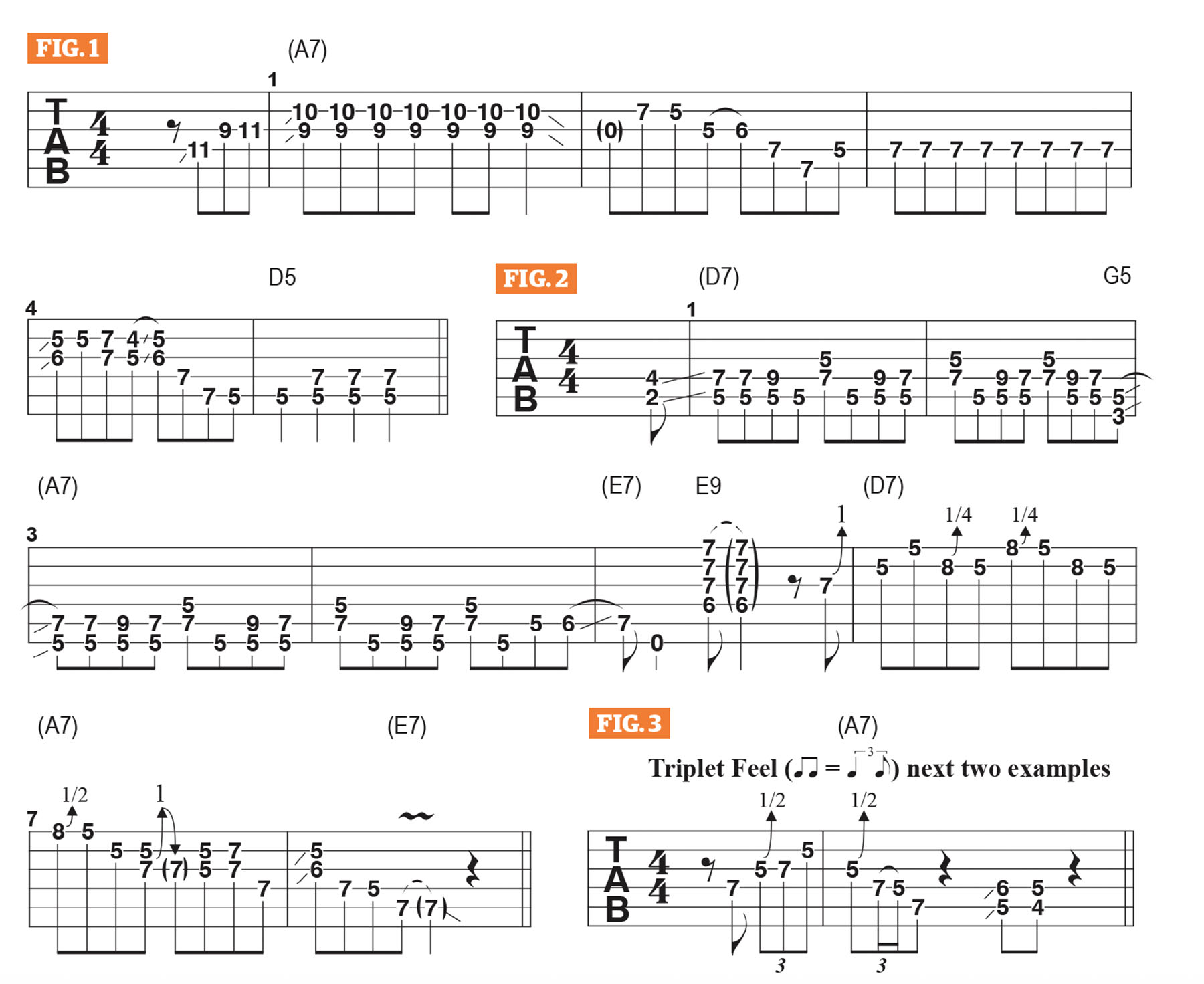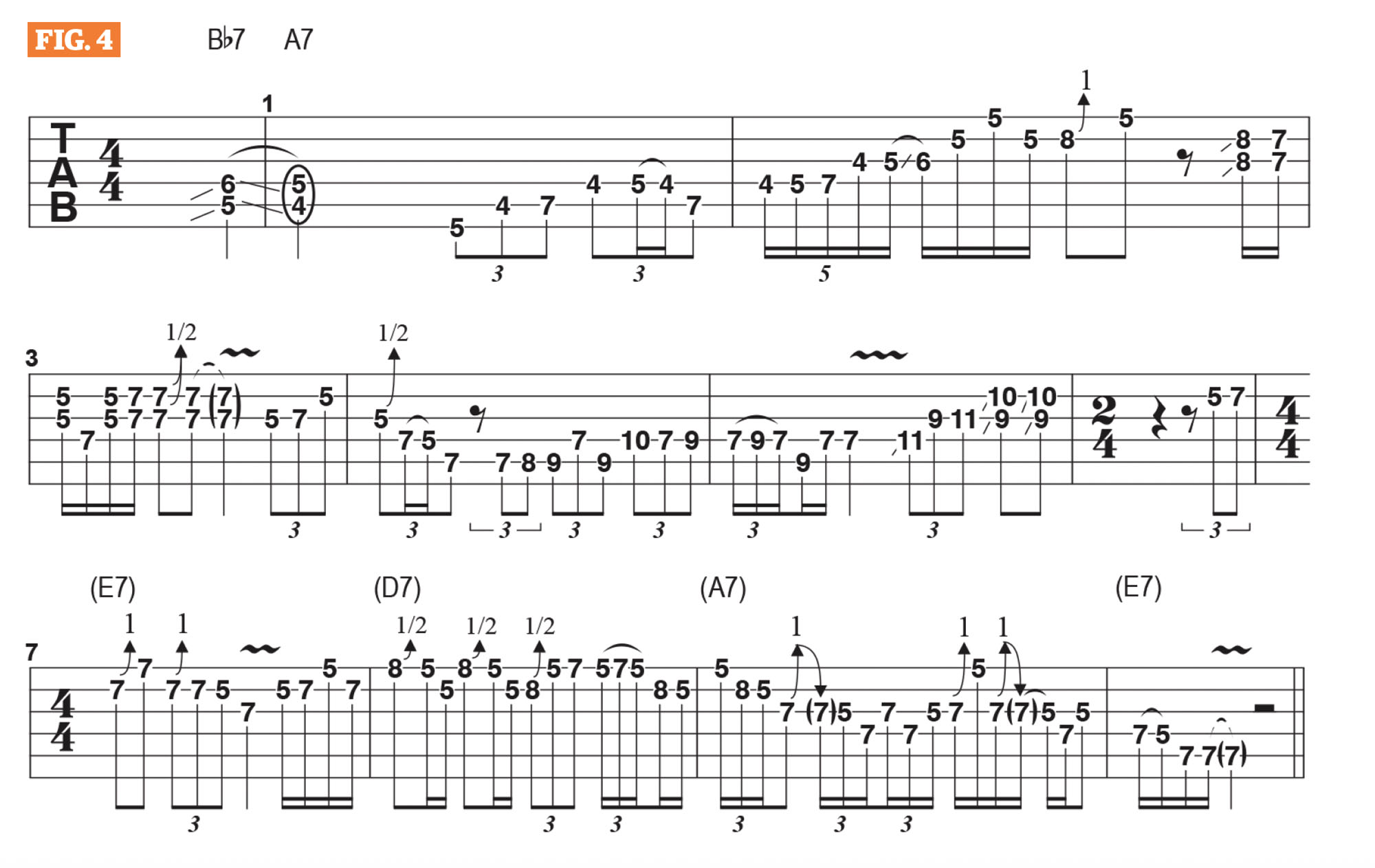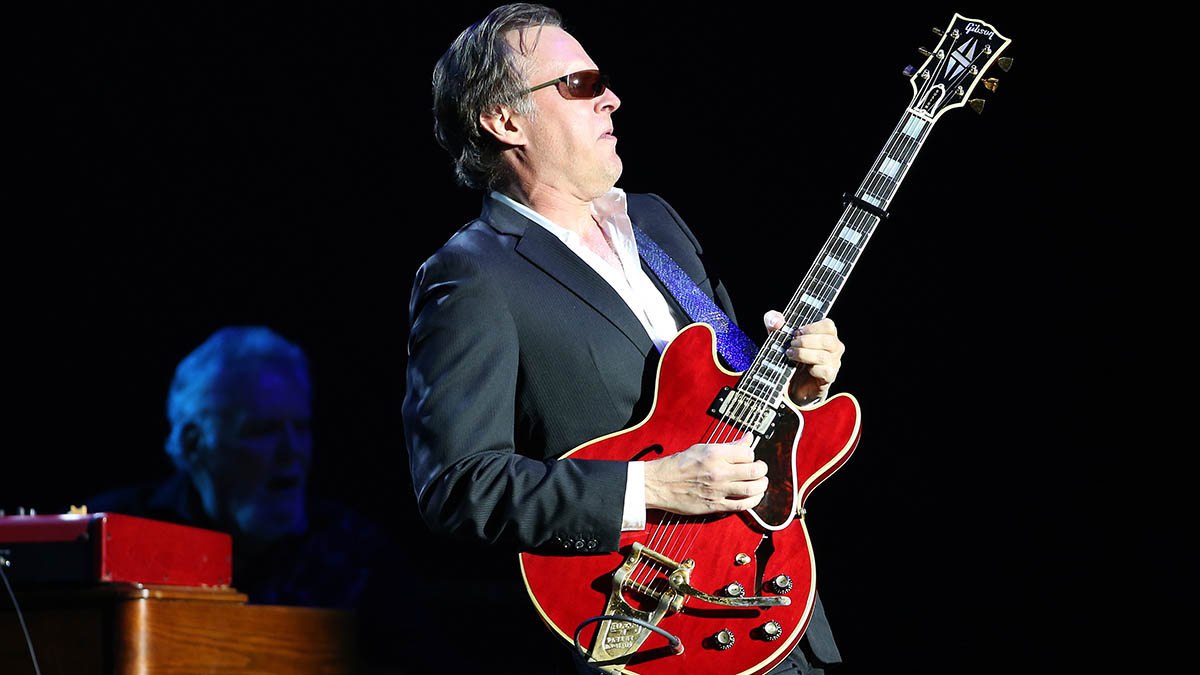“It’s perfect for playing Chuck’s classic songs, like Johnny B. Goode and Maybellene”: Joe Bonamassa on his love for the Gibson ES-350 – and why it's a blues powerhouse
The ES-350 was a big favorite of Chuck Berry's. Well, well, well, it's no surprise that Joe Bonamassa loves it too. And here he puts it through is paces, and takes us to the B.B. Box in the process
Another of the many Gibson guitars that I love (are there any I don’t?) is the ES-350.
This is a semi-hollow “jazz box” type of guitar, deeper than a ES-335 but still kind of skinny when compared to a true jazz box, like an L5 or a Super 400. There are ES-350s that predated this one and were full-bodied, with P90 pickups. In 1955, the guitar was redesigned with the thinner body among other specification alterations.
The upmarket guitar to the ES-350 was the ES-5, made famous by T-Bone Walker – later known as the Switchmaster – which had three P-90s and a big toggle switch that said “1 2 3 ALL,” meaning neck, middle, bridge or all three pickups on at once.
All pickups, all the time! This, unfortunately, never really sounded very good because the pickups would cancel each other out and get muddy. But whatever! It was a cool concept!
Chuck Berry was known to use an ES-350 in his early days, and it’s perfect for playing Chuck’s classic songs, like Johnny B. Goode and Maybellene and double-stop-driven licks like this (see Figure 1).
Figure 2 offers an example of rocking out in Chuck’s style, played in the key of A and starting on the IV (four) chord, D, with typical two-note, root/5th-root-6th voicings. Notice that I barre my index finger across the G string, as well as the lower strings, in order to get the b7 C note in there too.
Following the E7 chord in bar 5, I play some Chuck-type solo lines based on A minor pentatonic (A, C, D, E, G), utilizing subtle quarter- and half-step bends and double-stops as Chuck would in pretty much all of his solos.
All the latest guitar news, interviews, lessons, reviews, deals and more, direct to your inbox!
These are fantastic guitars if you don’t need to play too loud. There’s no center block, so they can howl with feedback.
I love the front pickup on these guitars too, because it’s also great for blues (see Figure 3).
In Figure 4, I play a 10-bar solo with a slow blues feel, leaning on a variety of scales: in bar 1, I begin with an A major triad (A, C#, E) and then move into lines based around the A Mixolydian mode (A, B, C#, D, E, F#, G). Typical for blues, I move freely between the minor and major 3rds, C and C#. Also, I’m picking near the bridge to get a sharper, clearer tone.
In the second half of bar 4 and into bar 5, I move into the lower “B.B. box” territory – so named for blues guitarist B.B. King – which combines A minor pentatonic notes with some from A major pentatonic (A, B, C#, E, F#), along with a little bit of chromaticism.
In bar 7, over the V (five) chord, E7, I make brief reference to E major pentatonic (E, F#, G#, B, C#) before returning to A minor pentatonic to wrap up the solo.
Gibson ES-350s also make for fantastic rock ’n’ roll rhythm guitars, which I will explore in next month’s column. See you then!
- This article first appeared in Guitar World. Subscribe and save.
Joe Bonamassa is one of the world’s most popular and successful blues-rock guitarists – not to mention a top producer and de facto ambassador of the blues (and of the guitar in general).
You must confirm your public display name before commenting
Please logout and then login again, you will then be prompted to enter your display name.




